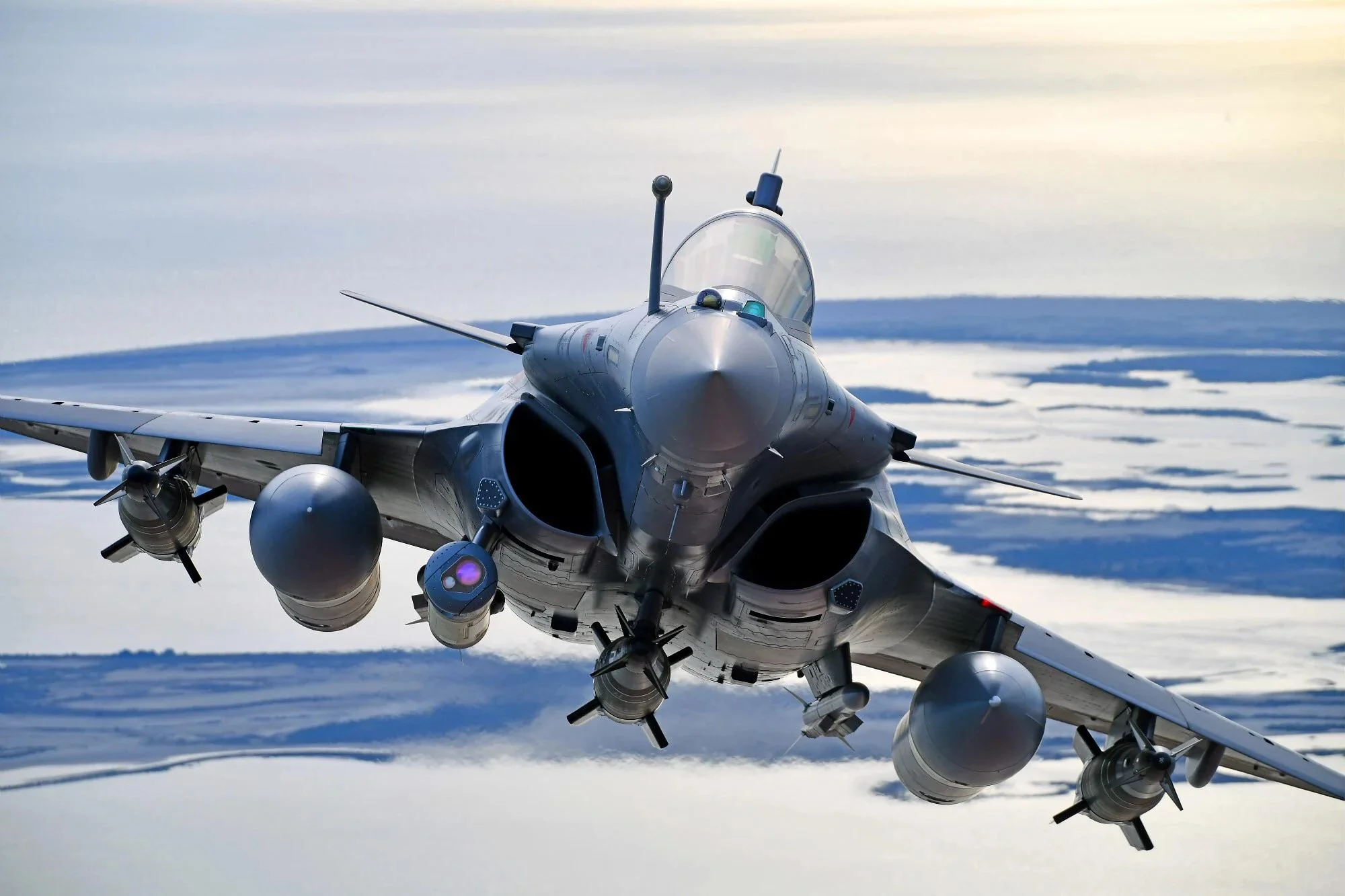When it comes to ending the war, the Kremlin has made its position clear—but not necessarily simple. As the conflict continues to strain global economies and diplomatic relations, many are asking the same question: what will it take for Russia to stop? The Kremlin’s three demands to end the war have become a focal point for negotiators, analysts, and observers worldwide.
1. Recognition of Annexed Territories
At the top of the Kremlin’s list is international recognition of the territories it has annexed since the start of the war. That includes Crimea, seized in 2014, and parts of Donetsk, Luhansk, Zaporizhzhia, and Kherson—claimed more recently during the ongoing conflict.
This demand isn’t just about land; it’s about legitimacy. The Kremlin wants the world to acknowledge these territories as officially part of Russia, despite widespread international condemnation and lack of recognition. For Ukraine, agreeing to this would mean sacrificing sovereignty—an unacceptable outcome for Kyiv and its allies.
2. Neutrality of Ukraine
Another key demand is the guarantee that Ukraine will never join NATO or align militarily with the West. From Moscow’s perspective, NATO expansion threatens Russian national security. The Kremlin insists that a neutral Ukraine is non-negotiable.
While Ukraine has expressed openness to neutrality in the past, the brutality of the war has hardened public and political resolve to forge stronger Western ties. This makes the demand far more contentious now than it might have been before the invasion.
3. Sanctions Relief and Security Guarantees
The third of the Kremlin’s three demands to end the war is broader but just as critical: the lifting of Western sanctions and some form of security guarantees for Russia. Sanctions have deeply wounded the Russian economy, cutting off access to global markets and technology. Moscow wants them gone—and it wants a commitment that its borders won’t be threatened in the future.
However, many Western nations argue that lifting sanctions without meaningful accountability sets a dangerous precedent. Trust is at an all-time low, and so far, no clear mechanism for security guarantees has surfaced.
What’s Next?
The Kremlin’s three demands to end the war are ambitious, heavily skewed in Russia’s favor, and deeply unpopular outside its borders. Each demand poses a serious challenge to negotiations, especially when Ukraine and its allies see these terms as unjust and unsustainable.
Whether these demands are hard lines or bargaining positions remains to be seen. What’s clear is that the path to peace—if it’s possible—will depend not just on military dynamics, but also on how much each side is willing to concede.
For now, the war grinds on, shaped as much by missiles as by unmet demands.


